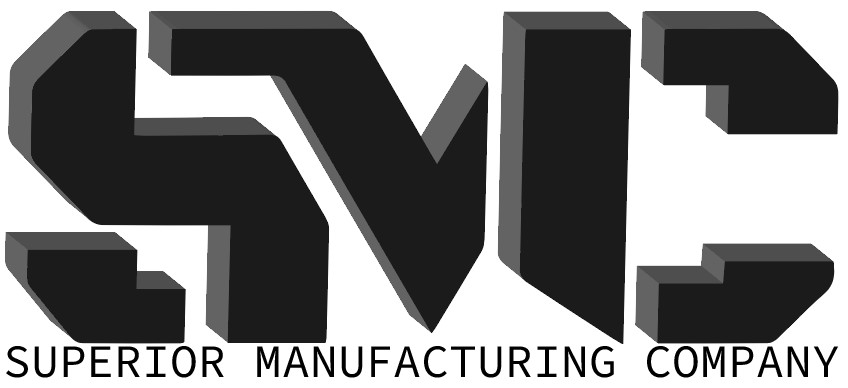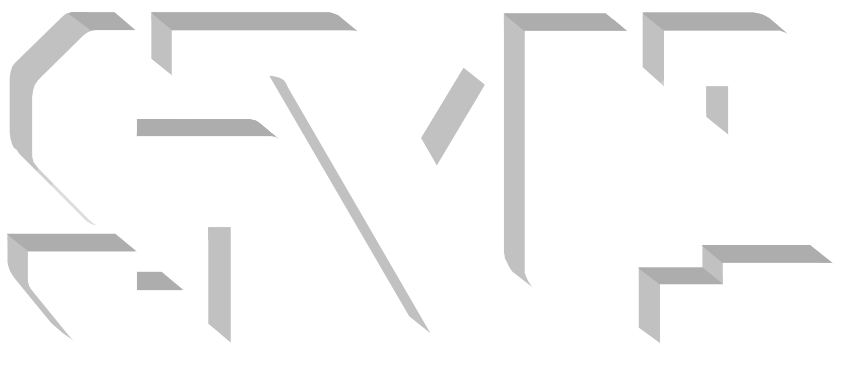
Designing for manufacturing (DFM) is a crucial part of product development and design that allows you to optimize the manufacturing stage. This methodology shifts the focus from troubleshooting during or after manufacturing to spending time on designing products that are ideal for production.
While there’s often an association between cost savings and a reduction in quality, this isn’t typically the case in DFM. DFM can improve the quality of your manufactured parts, as the design process is intentional about identifying issues that can lead to inefficiency and higher costs.
The Advantages of DFM
Because DFM makes it simpler to produce, assemble and test products, you could have inefficient processes, fatal design flaws and rising costs if you don’t design with these intentions. Designing for manufacturability helps you avoid various pitfalls and enjoy benefits like:
Standardization
Standardization is key to factory operations where most workers may not have in-depth knowledge of a product’s design. Workers rely on blueprints and other standardized strategies and tools to resolve potential issues. DFM makes it easier to standardize and simplify products and procedures, including specialized tooling.
Efficiency
When a manufacturer focuses on only producing one or two products at a time, they pay great attention to detail, and the products are high-quality as a result. When a product goes into mass production, potential flaws can become evident, and by then, it may be too late to address them. The manufacturer has already spent time and resources on a product that doesn’t work as intended.
DFM focuses on eliminating potentially costly mistakes, whether you’re manufacturing five products or 500,000 products. Through various strategies like placing great emphasis on quality control, exploring different insights and analyzing manufacturability issues at the beginning of the design stage, you make production more efficient. Therefore, DFM principles can minimize downtime and costs due to design errors or recalls.
Cost-Savings
Reducing costs through DFM is one of the most noticeable advantages of this method. Through DFM strategies, you could save on the cost of making important design changes late in the process, lower production labor costs, reduce tooling costs, prevent waste and decrease production material costs.
Customer Satisfaction
The end user is always the top priority. Using DFM strategies, you can create products that are engineered to high-quality standards that will meet consumer expectations. As the manufacturer, you also maintain your brand’s name by outputting products that meet the highest standards.
Quality Control Measures
A significant part of DFM is implementing quality control measures throughout processes. This is because any changes to components, especially ones made to lower costs, may diminish the quality of a component — unless quality control measures are in place. DFM can also involve a degree of trial and error as one tries to rework processes, redesign and choose more cost-effective materials to produce the best possible, longest-lasting product.
Quality control measures are an important part of each step of DFM:
- Considering the process: The manufacturing process must match your product or component. Expensive, high-tech processes would be excessive for manufacturing low-volume parts. For example, exploring the right tooling for your product is essential.
- Scrutinizing the design: The product or part’s design should be detailed and consider manufacturing principles. This is why it’s important to unite teams when working on new projects or improving existing ones.
- Exploring materials: You have a wide selection of materials to choose from for your products. However, you need to carefully consider the material you choose during DFM for quality control. Assessing various aspects of the part’s required properties, including mechanical, thermal, electrical, and even color, is key.
- Testing against the environment: One of the most significant areas of quality control in DFM is testing components to ensure they can withstand their intended environment and normal operating conditions.
- Ensuring compliance: Quality control is only meaningful if the part complies with your industry’s safety and quality standards.
DFM Strategies
It’s clear DFM has several advantages, but benefiting from them is only possible if you have practical ways to integrate the methodology into your product development. These tips provide ways to shift to DFM, reduce manufacturing costs and improve overall efficiency:
- Defining objectives: Because DFM is a holistic and comprehensive approach, it can be helpful to define your top objectives. Is your main priority reducing your overheads or increasing production? What about lessening lead time or improving product quality? Implementing an effective DFM strategy becomes more streamlined when you have defined goals.
- Simplifying designs: Using computer software, designers and engineers can explore ways to simplify a product’s design so that it needs fewer parts and makes the remaining components as streamlined as possible. Simpler designs can help minimize production costs and will have fewer production requirements.
- Uniting designers and engineers: Since most of a part’s costs are locked in upon design completion, exploring cost-effective strategies is vital in the early design phase. Uniting designers, engineers and other key players in the manufacturing operations is the only way to get a holistic view of your product and the processes early in its development.
- Conducting thorough research: DFM is about more than the assembly line. Researching every part of your process is essential for finding new and unique ways to achieve your goals. For example, something as straightforward as adding a hydraulic tank to your system can simplify its configuration.
- Analyzing past and current records: One of the most effective ways to improve designs and processes is to examine what has previously worked and what has consistently been an issue throughout your operations. Here, you can explore everything from energy costs and cleaning and maintenance to administrative costs.
- Incorporating technology: Integrating technology into your DFM strategies is a game changer. Computer-integrated manufacturing (CIM) is the full automation of manufacturing plants. The role of technology in manufacturing is important, as CIM can enhance many facets of DFM. Through CIM, you could use specialized software and hardware solutions to perform tasks like robotic welding that lead to greater efficiency.
Explore the Future of Manufacturing With Superior Manufacturing Company
In the evolving landscape of manufacturing, proven strategies for optimizing efficiency and keeping costs down continue to be more crucial than ever. When you design for manufacturability, you optimize processes, improve your product’s quality and save time and money.
At Superior Manufacturing, we exemplify DFM principles by focusing on providing services that reduce costs and involve in-depth project planning, design review and technical assistance. We are an industry-leading precision metal fabrication company with over 75 years in the business.
We have the expertise to approach all of your fabrication design needs from your perspective while offering outstanding quality assurance. Our dedicated, in-house workforce can provide you with a range of quality manufactured products and parts, including operator cabs, fuel tanks, hydraulic tanks, metal cabinets, air compressor housing and more.
Contact us today to learn more about how we can help you improve your product design and manufacturing strategies!

